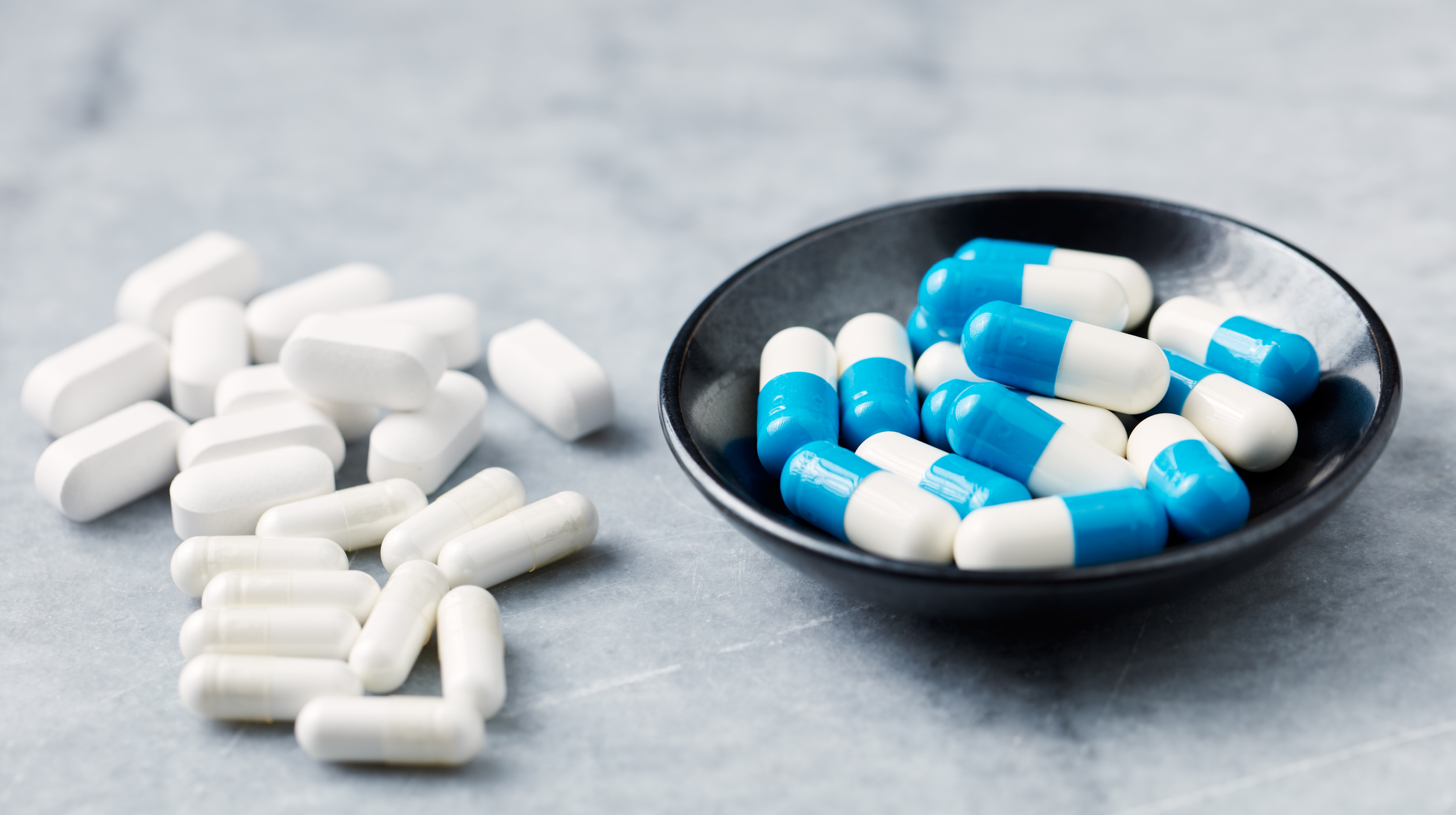What is Creatine?
Jun 23, 2020 mindpumpCreatine is one of the most widely studied supplements on the market. Many studies have shown improved strength gains, increased lean body mass, and higher power output in intense physical activity scenarios. If you are trying to gain muscle and add strength while sticking to a resistance-training program, creatine is by far proven to help. (1)
Creatine is made of 3 amino acids: methionine, arginine, and glycine, which occur naturally in our bodies as well as in red meat, fish, and eggs. There are different forms of creatine, but creatine monohydrate is the most common form to supplement with. (2)
How does creatine work?
The way creatine works in the body is that it enhances energy production. The body uses adenosine triphosphate (ATP), as its main energy currency in all three energy systems: Aerobic (produces ATP slowly, uses either carbohydrates or fats), Anaerobic (produces ATP somewhat slow, uses carbohydrates) and Phosphagen (produces ATP quickly, uses Creatine Phosphate). Because our bodies do not store a significant amount of ATP and our storage is very limited, we need a continuous supply for energy, and ATP must be constantly reproduced.
The more ATP your cells have in storage, the more energy your body has for your workout. The Phosphagen energy system produces ATP extremely fast by using creatine phosphate (CP) stored in muscle cells and is used for high-intensity exercise or heavy lifts. Creatine supplements increase your body’s stores of CP, which is used to produce new ATP during high-intensity exercise.
Supplementing with creatine improves your ability to do more work by enabling a faster regeneration of ATP, and ultimately allowing you to perform that extra rep or two when you are lifting weights. Being able to perform more work in the gym allows for increased hypertrophy and strength gains over time. (3)
Another factor that allows for increased muscle gains while taking creatine is due to increased water content within the muscle cells. This increased water within the muscle cells is called a cell volumization effect. By pulling more water into the muscle cells, this effect helps to trigger protein synthesis, minimize protein breakdown, and increase glycogen synthesis (4). Creatine has also been specifically linked in studies that show it aids in muscle recovery which allows you to perform more in your workouts and in turn, keeps you on a consistent path towards building muscle. (5)
How to take creatine
Muscle creatine levels are elevated to a much greater extent when taking creatine on a regular basis. Remember that creatine does not work in short-term use. You need to be consistent in its use to get the full benefits and see muscle gains. Creatine can be taken before or after your workout to maintain higher muscle creatine levels within your body. However, studies have shown that taking it after your workout in combination with carbohydrates and protein is best because your body is ready for the influx of nutrients.
You can start with a loading phase that leads to a rapid increase in muscle stores of creatine with 20g/day split into 5 servings of 5g throughout the day for 5-7 days. Then, you can take 3-5g daily after a loading phase to maintain your levels. The effect of this is minimal and a simpler way to start is by taking 3-5 g daily (6). Vegans can benefit from higher doses, as their diet is more deficient in creatine that is found in natural food sources (meat, eggs, and fish). Also, make sure you take creatine with plenty of water or you can have stomach discomfort since it pulls water into your muscle cells.
Creatine is one of the safest, affordable, and most effective supplements to take. It will support you along your way to building more muscle and increasing strength as well as performance. Remember, creatine is just a small piece of the puzzle – your nutrition and your training should be your priority, as these are the most important factors when delivering results over time.
1) https://www.ncbi.nlm.nih.gov/pubmed/14636102
2) https://www.ncbi.nlm.nih.gov/pubmed/21424716
3) https://www.ncbi.nlm.nih.gov/pubmed/20026378
4) https://www.ncbi.nlm.nih.gov/pmc/articles/PMC3407788/
5) https://jissn.biomedcentral.com/articles/10.1186/1550-2783-6-13
6) https://www.ncbi.nlm.nih.gov/pmc/articles/PMC3407788/







